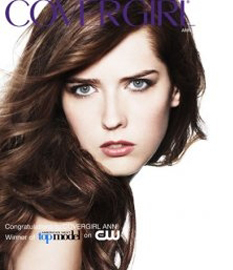My statement
Children all around the world see models and celebrities who they look up to on ads, billboards, magazine covers, etc. The image they see has usually been photoshopped or altered in one way or another, which gives people a false body to compare themselves to. This creates a problem in many cultures because people, women especially, try to look just like the models they see and they don’t realize it’s an unrealistic body type.
This really affects the self-esteem of many people because they want their body to look just like the one on a magazine cover, which doesn’t exist. It doesn’t help that almost all models have a very unique body type. They are taller than the average woman, have a naturally skinny figure, and are usually thinner than they should be regardless. This unrealistic view of men and women alters how people think the average person should look, which means our opinions of what beauty looks like is false and distorted.
~Stephanie Hagin




